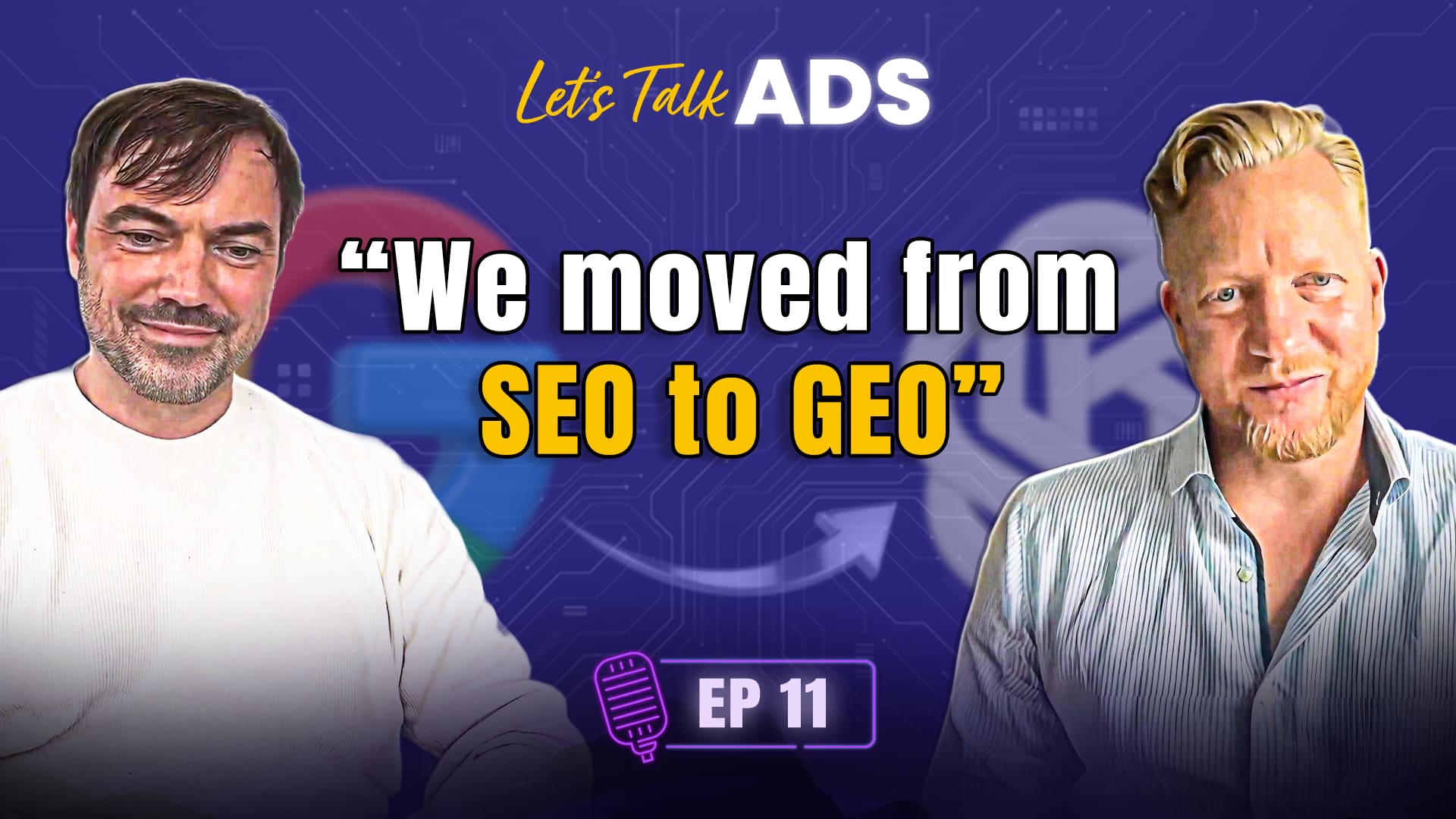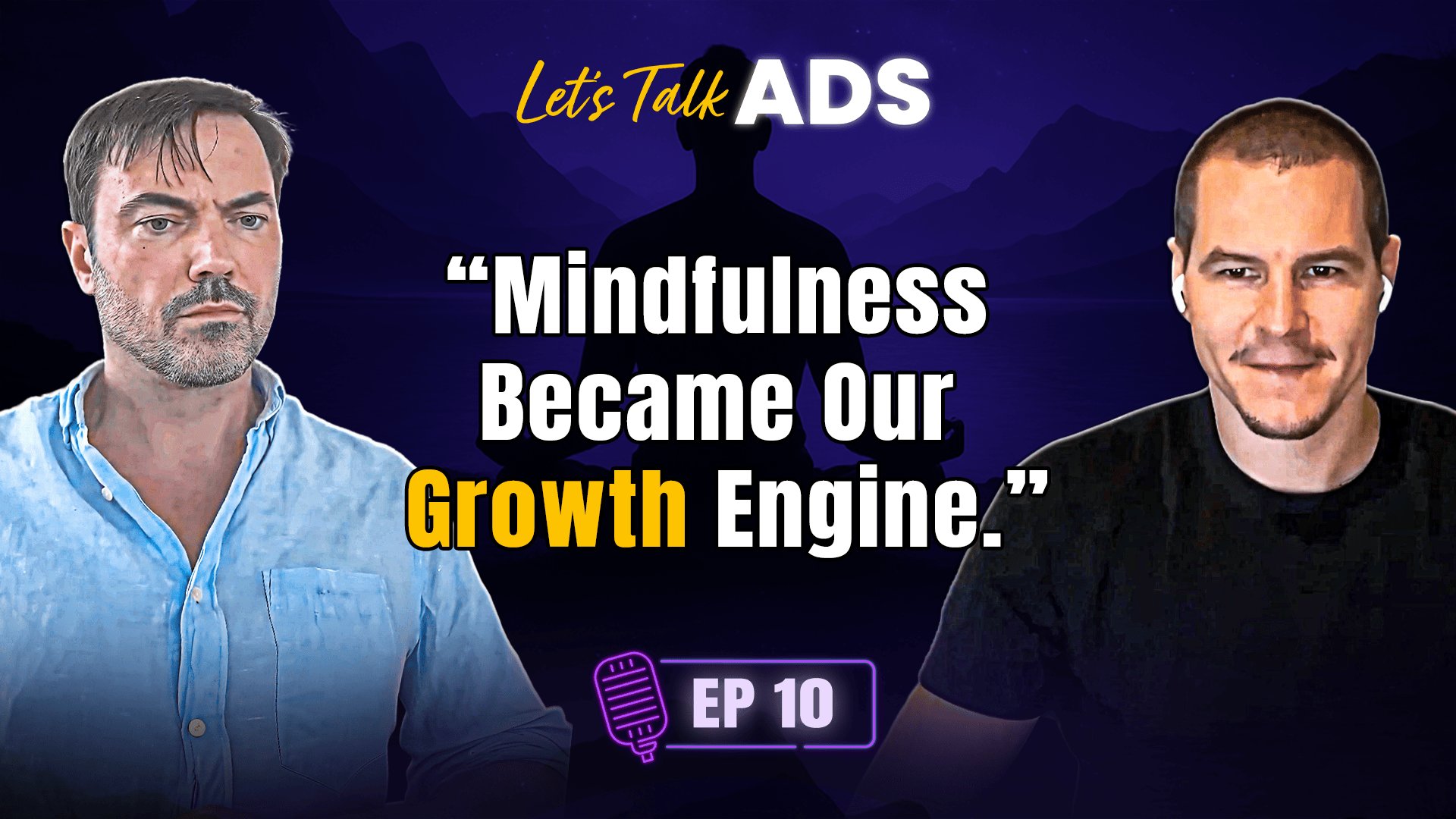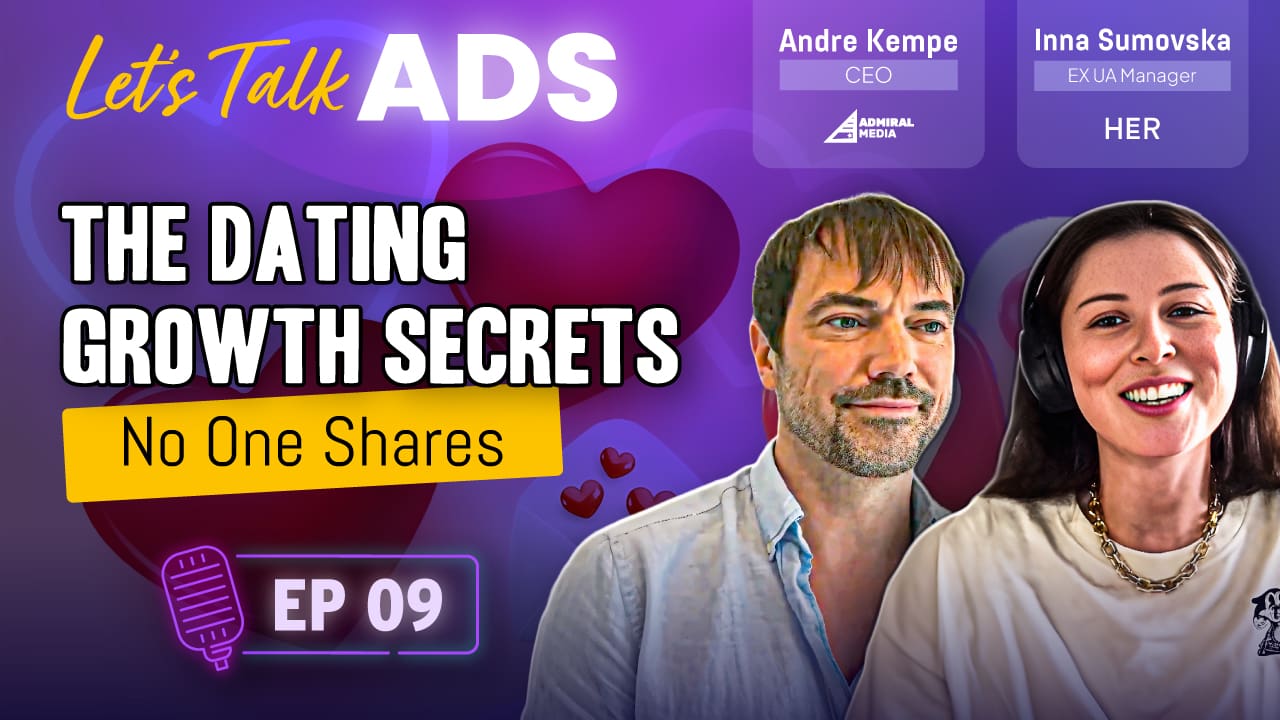Is more expensive always better? How not to fall into a pricing trap with your app – This is a guest post by Anna Yukhtenko, Head of Analytics at Hutch.
Developing an awesome app is not the only ingredient in the recipe for success. Wait, scratch that…there is no cookie-cutter approach to success. Or anything in this world, for that matter.
Yet, there is one thing I know for sure – having an optimal pricing strategy is definitely a contributor to success. Whether you’re an app developer, marketer, or analyst – you’re often wondering: are we leaving money on the table or missing out on conversions?
The basic pricing model for in-app bundles is well-known: start with a relatively low price point, (e.g $0.99), better value for more expensive bundles, with the most expensive bundle being $50+. Or more. Or should it be more?
If we are talking about offers, is the more expensive, the better? How much can one win from increasing an offer price? This is what this article will attempt to explain.
Whenever you are solving an analytical problem, you need to keep in mind the end goal. When playing around with the pricing, your goal is to increase the revenue in a fair way. For example, you are pondering on increasing the price of a mid-level IAP offer from $10 to $15 (a 50% increase). Let’s also assume that this offer is presented to a user after they have been using the app for a few days, and it is generally good value for money.
In order to increase the revenue generated by this offer, your potential decrease in conversion to purchase has to be offset by an increased average revenue per buyer. Here is an example of how you can estimate your desired conversion rate.
Step 1: Let’s assume our monthly active users’ volume stays the same, and summarize the changes in this elegant table:

Step 2: Next, calculate the potential conversion levels you’d need to achieve in order to get the same monthly revenue amount from this offer as before. The formula is very simple.

![]()
You’ll need to achieve a 3.33% conversion rate to the new offer in order to break even.
Step 3: Think about your desired revenue uplift. Let’s say, the aim is to increase the total monthly revenue by 20%, which brings us to $300,000.

This means that in order to make a significant uplift after the price change, you’ll need to achieve a 4% conversion rate to the new offer.
Step 4: The big question is whether the 4% conversion rate is achievable given an increased price. A list of things that you need to consider when evaluating the new conversion goal:
- Traffic. Are you expecting a change in your traffic mix that would bring you users that are likely to convert better? Maybe you are starting a UA campaign in your focus countries? This might bring your conversion up, as the traffic quality increases. So, the target conversion rate might be even more realistically achievable. Or, are you scaling down your UA efforts? Are you trying out a high-volume campaign type and optimizing towards installs? In this case, you might expect the lower conversion to higher price points, so you might need to reconsider increasing the price of the IAP offer from our example.
- Offer presentation. It is always important to pay special attention to offering presentation and appearance, especially when you are increasing its price. An increase should be justified! Consider the way the offer is marketed – are you communicating its benefits clearly? Do you state the discount amount anywhere?
- Other offers. That is a tricky one! You probably have other offers or IAPs in your app. Increasing the price of one of them, even if it is a one-time offer that is presented to the user only once, may motivate users to buy something else instead. In this case, users switching to other offers might elevate your total revenue and minimize potential losses, even if conversion to purchase of the offer in question declines below the target. NOTE: This is something you can take into account, but I’d refrain from explicitly budgeting for it. You’ll need to evaluate the total revenue uplift AFTER implementing the new price, and that should give you an idea on cannibalization and total revenue uplift.
- Last but definitely not least – take community sentiment into account. Increasing the price of an offer might seem like a good idea, but the last thing you want to have is users feeling unhappy and unfairly treated. Think about how the community will react to the price increase – will it upset anyone? Is there a way you could adjust the increase to make sure the users don’t become unhappy?
And the same logic goes the other way – if you would like to decrease the prices of your IAPs, you can do the same calculation in order to estimate how much your conversion has to go up in order to achieve desired revenue levels. Also, the same things need to be taken into account! (See the list above).
There is no “one size that fits all” when it comes to pricing strategies. Sometimes it is something you have to do, and it is a complicated balancing act. But remember, changes are reversible – don’t be afraid to test and pivot!





